FRAGMENTS OF NUOVA EUROPA, UNPUBLISHED BOOK ABOUT BRUTALIST ARCHITECTURE IN CALABRIA
Unregistered: LETTER TO NUOVA EUROPA’s FUTURE PUBLISHER [Fragment]
In ____ the prosecutor of Provincial Court in Vibo Valentia, Stefano Inramotti, opened investigation into the aftermath of Informal Architectural Unit in Calabria. A short-lived collective became locally famous for their quasi-brutalist Manifesto predating famous statements and ideas of Le Corbusier, Smithsons, and Reyner Banham. Despite the authors’ departure from Calabria right after its completion, their architectural ambitions seem to mysteriously come to fulfilment with brutalist, abandoned, un- or semi-finished spontaneously risen skeleton buildings paving the landscape of previously rural land. Over a decade after Inramotti’s investigation was closed, Michał Libera and Michał Grochowiak started their research bringing together various leftover documents gathered by the prosecutor – the original Manifesto, the sent and unsent letters of its authors, police testimonies, diaries, and interviews with locals conducted by Inramotti himself, statistics, excerpts from books, articles and leaflets, transcriptions of interrogations, and tape recordings [...]
***
#M1: WITHDRAWAL MANIFESTO [Fragments]
Santa Zaccaria, 24th of June, ____
Signed by members of the Informal Architectural Unit of Vibo Valentia: Antonio Samorosa, Ada Carfizzi, Fabio Belsito, Silviano Tedeschi, Fausto Borace, Paola Agnana, Francesca Bergamote, Tito Canna [...]
1
On the day of June 24th, thirteen of us decided to leave the region we had dedicated our lives and work to, our beloved Calabria. We see our gesture as the only honest way of maintaining our service. The times have forced us to conclude that the ultimate form of practicing architecture is resignation.
2
We did not come up with this point. There was no plan to start a new trend, no thorough discussion of future architecture, no analysis or projection, no urge to propose a new opening to the history of architecture. We never aimed for new styles or new concepts and we did not engineer anything. We found it.
[...] pink and yellow seats, run down, overgrown with bushes, already tired and dry, and on top of that fenced in by a too familiar barbed wire. But there was also a house to the right, seemingly old but disturbingly unknown, until now overlooked so maybe just new, a single and detached house sticking out of the nearby hill. Presumably a house. Definitely a simple structure. A construction on the hill. All nothing but concrete, nothing but gray. Four round columns at the corners, six pillars among them. A floor but no roof. No walls either. A coil-like staircase leading to nowhere. A circle in one of the pillars and a table on the side from the other one, as we were shortly about to [...]
House and storage and workshop and bar and square and terrace and library – all in one. Pre-functional and by the same token omni-functional. A harsh beauty, ageless sculpture, and a see-through frame of the Tyrrhenian Sea. Bold and brutal. Soon it became clear to each one of us that no modern architecture can go further than the hollow structure on the hill. Pronounced, proud, raw, ageless, undone but decided and sheltering. Shortly afterwards, we decided to leave the region and stand for “architecture as found” rather than “architecture as ” [...]
4
Shelter is not about raising walls. It is not about safety and trust. It is about becoming brave. It has nothing to do with creating a space devoid of unrest. It is not about homely chimney and warm chambers. Shelter is about living the unrest, not in your chambers but with your chambers. It is not a house cut off from danger but it is a danger bringing you together with your house.
5
Environment is not what surrounds architecture. It is not the world outside, neither you nor the buildings you inhabit. It is about trees in your houses, weeds growing out of concrete corridors, it is about you waking up in grass and ashes, it is about bacteria and temperature exchange. It is the setting you will never fully understand, a landscape of [...]
9
The construction we found on the hill appears to be made of concrete only. And it is actually made of concrete only. The old houses of Capo Vaticano and Tropea appear to be made of clay only and in fact they are made of clay only. We call it valuation of materials for their inherent qualities. This is respect, honesty, and passion. This is also necessity – the most effective of architecture’s [...] 
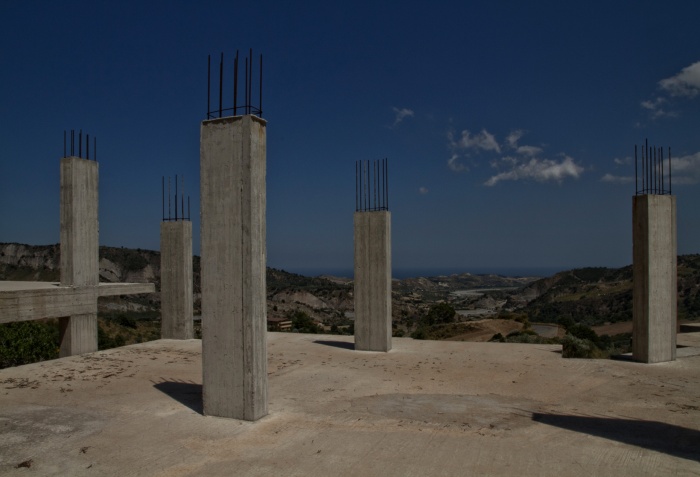
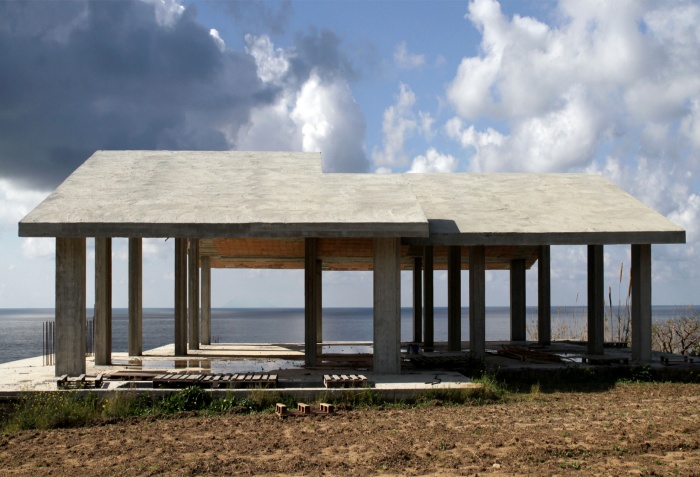
***
#PT3: POLICE TESTIMONY OF SILVIANO TEDESCHI, 19/08/___ [Fragment]
The name you want to know is Antonio Samorosa.
He recommended me after I arrived from Trieste. I was there for twenty years or so. Why there – I don’t know. Some people were telling me it was the only place north of Napoli where they have proper coffee. [...] They tend to be proud of it but if you ask me – it is a bit of an “acquerello.”
So I came back and I didn’t even know if they were the old guys or the new guys around, you can never know until you’re in [...].
Probably it was all through Valerio whom Samorosa knew, but I can’t tell, to be honest.
Where does Samorosa live? I dunno. He drove his old pickup and he [...] for the concrete, there was never a [...] you know concrete is just concrete, it’s mostly anything, you just have to mix it properly, it can be sand but can [...]
***
#D6: DIARY OF AN UNIDENTIFIED WOMAN FOUND IN SAMOROSA'S HOUSE [Complete]
San Calogero, 16th of November, Pasticceria Nicola
I read. “The Parisians will come, I see them coming now, the Londoners, the Viennese will come too. But they will not come as they are, not as Parisians, not as Viennese – the will come as refugees. They will never come here as rich, we are too poor for them, too dangerous. They will come as poor, disillusioned, not proud anymore, they will start to learn anew, slowly, first by counting, then by walking around, then they will have to see what to do with their time, perhaps for the first time in their lives the beauty won’t come easy.”
I will die before they arrived, but I will die not from you.
***
#B12: TONINO RUFFO, MISTERI DEL CIMITERO DI SANTA ZACCARIA, from: Breve storia di Grotticelle Calabresi, Ufficio Turistico, Ricadi
An intensification in the cemetery’s rather lazy history came suddenly in ____. For decades it was known mostly from tales and legends, a place to send disobedient children, a former hamam contaminated with Arab blood, a cemetery quickly combined after an earthquake – but by whom? And how? Nobody seemed to know. An area to avoid became an unavoidable area by way of gossip and suspicion.
According to official registers, the bombing in the night train from Reggio Calabria to Torino – the bombing that happened during a stopover in Gioia Tauro – resulted in six dead. However, only a few days after that, leading newspapers, including Citta di Gioia and Notizie dal Sud, advocated the thesis that an additional eleven bodies were buried in the same grave during the night following the official ceremony. Perhaps the journalistic investigation would soon vanish if not the happenings of the next months. More killings in the area happened in what became known as “The Revolt of Cockroaches.” The disappointment due to a failure to establish a steel factory in Gioia Tauro brought about the murder of another several dozen. Despite the fact that the killings were witnessed by the local community, there are no official documents of burials...
The controversy soon became so importunate that the authorities of Gioia Tauro decided to open the graves in the Santa Zaccaria cemetery. The shock could not have been more immense. There were no remains, not even of a single body, not from the earthquake of the previous century, not from the bombing in the train, not even from the recent shootings. The investigation was initiated and carried out by the prosecutor Stefano Inramotti for twelve years but it never led to any substantial findings.
In what seemed to be a terminated story, perhaps the most ironic turn was only about to happen. A decade after the cemetery turned out to be empty, a renaissance of the neighborhood started. Due to the low cost of land and the rising hope of a tourist breakthrough, within a couple of years all the land was sold to Italians, mostly coming from the neighboring village of Motta Santa Eufemia, which had suffered from a minor earthquake. The settlement was named Santa Zaccaria, after the cemetery (if it was ever really a cemetery). It soon became one of the typical examples of the period’s concrete architecture.
***
#D12: DIARY OF AN UNIDENTIFIED WOMAN FOUND IN SAMOROSA'S HOUSE [Complete]
Home, 23rd of November
I know them all, all of them, I mean, sorry, I have to learn language, I have some time now but I will not promise I do this my language, maybe I just watching the sea and trying to see the routines, I cannot promise, I am sorry, maybe I will more interested watching the humidity changing.
It is more difficult to practicing the new language, I also try to learn meteorology, if I do this, I ask a fisherman for teacher, he don’t speak, they told me, they also told that his family is here but I don’t understand where. Because you know, I don’t know the man, I hear a tale by a friend of mine, about him, I don’t know the fisherman. I think you knew the fisherman. I think you were friends.
I come and I stayed. I come to see you and here I will stay. I thought it was too late. It is not late. I will stay. I like the nearness of you. I like that I don’t have to go anywhere to see you. I was late before I come here.
I think you like the house.
You find in the house for you.
***
#I55: INTERVIEW WITH ROSA DE GAGLIATO [Complete], 01/12/____
I am not sure about his name, you say Antonio Samorosa, I say maybe, I never really met him, we were never introduced, I actually never even saw his face properly, not to mention that we never spoke.
The only thing I can say is that indeed I had a neighbor, a neighbor living on the next hill, I am not even sure if it was still Santa Zaccaria, but it was not more than 500 meters away. I know that the neighbor was a tall man, that he had a green pickup and that he was a late comer. He always arrived way after sunset and I presumed he was one of the lonely men who never cook on his own. Where did he eat? I don’t know. I never saw him around. I usually wake up after 8AM and I had never seen the car there in the morning. But I didn’t ask around.
Despite the history, I liked this house. I like my view with this house. Gorgeously placed, facing the sea and on the other hand – the mountains. For me it was the sea, especially from my window on the first floor, his story was exactly on line with the horizon. It was see through. A good place to live. Fully transparent, two stories, no walls, a real Calabrian abbandonato, which is not the most precise word by the way... Only the floors, very modest. The main sort of axis was this circular staircase, a peculiar one. The stairs surrounded a sort of vertical, concrete tube, pretty wide, maybe two meters or so, but what can I tell looking from a distance. While climbing to the terrace you would have to walk around this tube. Usually the staircases are hollow, they are also a see-through thing but not in his case. He had this tube right in the middle, like a cylinder or a barrel pointing towards the sky. Don’t know exactly what it was, a chimney for sure, you could see the smoke sometimes but even this is hard to say in a way cause as I told you – he was there only at night. The smell? Well, I guess it must have been the stink of the tires, like everywhere, what else, there is always a strange smell here. If it really smelled suspicious I would be obliged to report it, right? 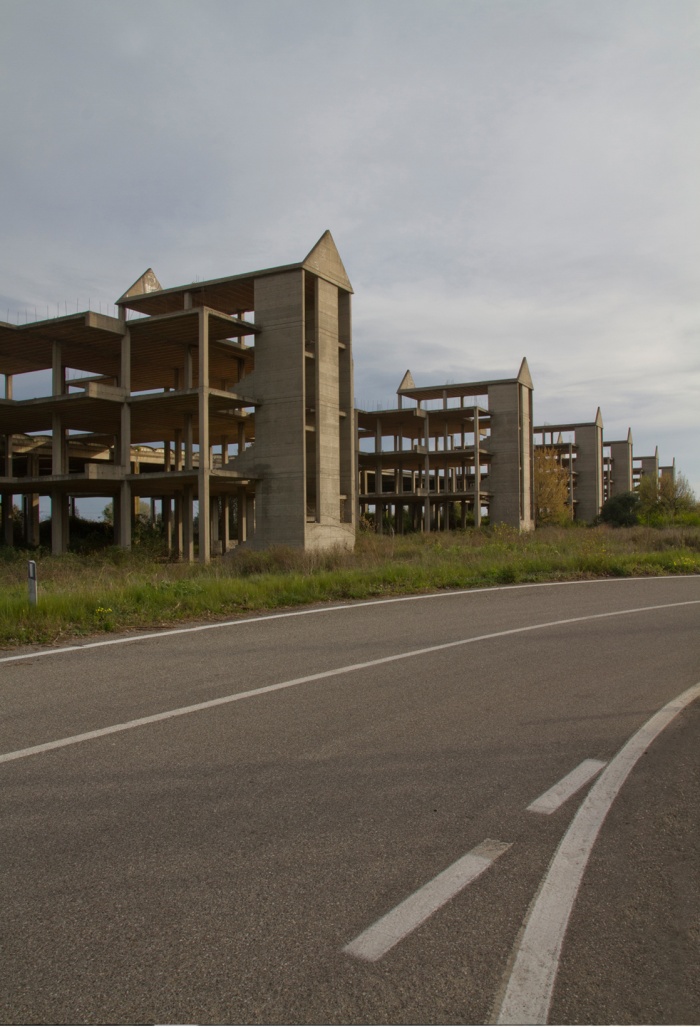
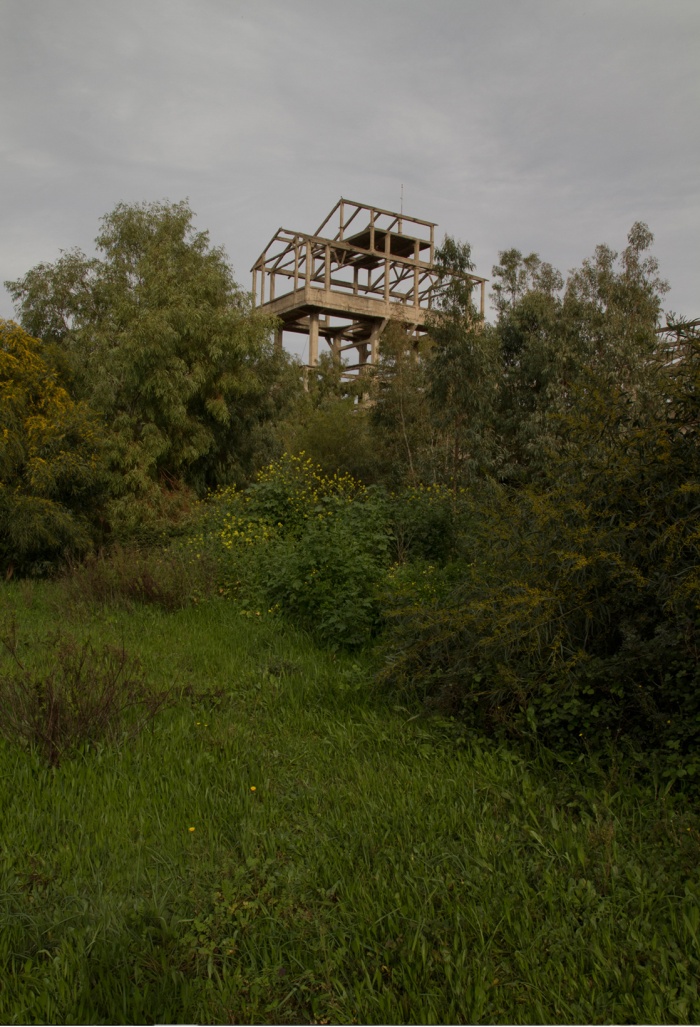
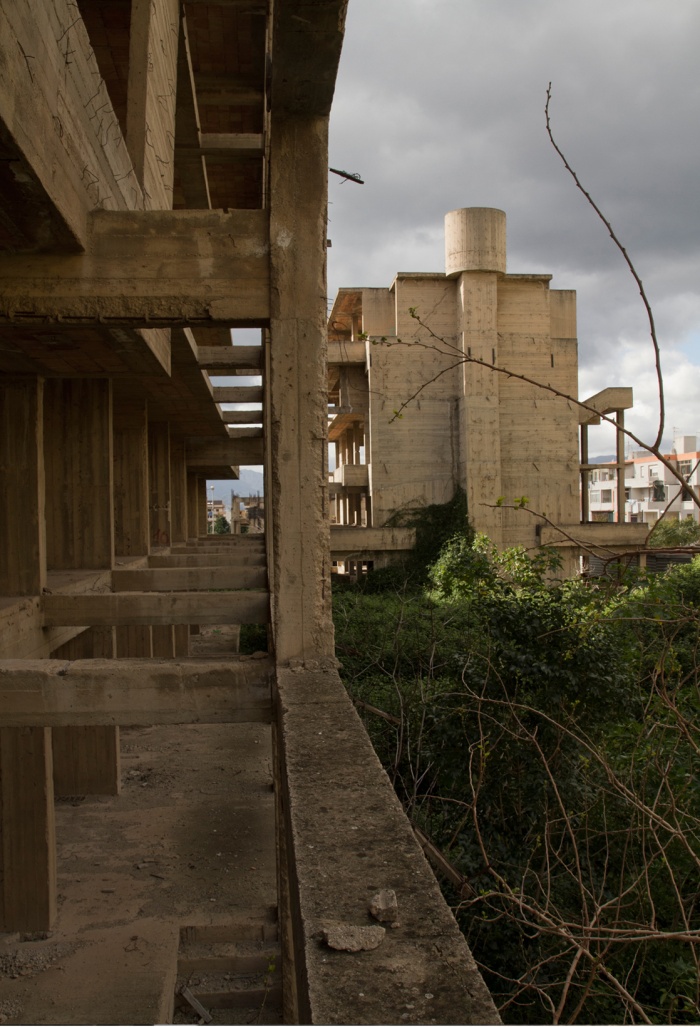
***
#PT17: TESTIMONY OF SILVIANO TEDESCHI, 28/12/____ [Fragments]
I’ll tell you what your problem is. You always want to track something down and the easiest thing to trace is the money. So, you go for money. You go for people. You go for people leading to money, people leading to bank transfers, people leading to suitcases full of cash, people leading to real estate contracts, people leading to laundering the money, people leading [...] you could go endlessly like this ‘cause a trial with no money is no trial at all to you. You sniff and you dig like pigs in the mud and as soon as you find something you can swallow you think there is more so you put your noses deeper and deeper and deeper in this shit of yours, you get dirty, your muzzles stink and you know why? Cause you’re always sticky, that’s where this sludge, deeper and deeper . You are pervaded by it to the deepest seed, you’ll never change, if you’re born a circle, you’re not gonna die a rectangle, right?
[...] is poor, money is not such an issue – you never understand it you stupid fucks, you’re not even rich, if you were rich then at least I could understand that, but you’re not even that, you’re just representatives, officers, the indigo-jackets... And you know what – in the end you can’t even trace that money... And then you will, at some point, or not, but let’s say you will, OK, let’s say in the end you succeed and you know what happens then, when you trace your entire money flow? You will see there’s nothing in it... Why? Because there is no scum here. Money is not an issue. You should put your head up sometimes and sniff there, up there. I tell you – money is not the problem. Time is [...]
***
#D12: DIARY OF AN UNIDENTIFIED WOMAN FOUND IN SAMOROSA'S HOUSE [Complete]
Home, 7th of August
In the morning I eat figs. Morning to me is from 10:00 or 10:30 to 15:00. I sit and look. Today I count too. Count and count again for 4 hours.
In a row 1 – 5 houses.
Then a road, curves.
Then – 5 houses.
4 turns and 23 houses.
Then 17 houses.
Road left up.
10 houses.
Road right up.
7 houses.
In sum 67 houses.
1 road up left to right.
And 1 nazionale.
I see no car.
No Ape.
No bicycle.
Nobody.
4 hours. Pasquale not 1 cigarette.
1 train road.
4 horses. No train.
Nobody.
Still life.
A stone that only fell 3 days ago.
No wind either.
Hotel Heaven.
Nobody.
Santa Zaccaria of nobody.
***
#PT32: TESTIMONY OF SILVIANO TEDESCHI, 18/05/____ [Fragments]
You wanna learn something? OK, let’s go.
In the beginning they’re all shy. And this is my job. Samorosa was doing his and I was doing mine. Mine was taking these people and driving them around. One thing was that, of course, we had to find a place. But the other was that we simply past the time. Sometimes lose time, also, yes, I sometimes made detours only to jam it a bit, in the end everything around is like Santa Zaccaria. But I did the driving to make them hang around with me [...] what we share goes a long way. First of all, we know it’s not fully legal, then it just becomes hideous, more of a mystery, and all that without talking, there was nothing they could say that I wouldn’t know. And they knew it. Then out of the blue it became an intimate, family initiation, something that we simply do and protect [...]
So you have to understand – we never talked details. I didn’t explain the procedure. You know, it’s... Let’s say I do know... but even not that, I don’t know it... I mean all the ashes and dust and cement, it’s all chemistry in the end, Samorosa would know [...] them – they don’t know a thing and don’t [...]
But you would gain much more from just taking a drive around. Just ask yourself questions. [...] View... Aha... Position, yes, position... Light, also... Angles... All that. She wanted to see Stromboli and he liked to see people leaving the bars [...] liked Ioinio and the other preferred Tyrrhenio, or, no, he actually also liked Ionio. But only in the summer. Then take a pen and make a simple drawing. What shape, how many floors, how many columns [...] you just guess, like they did, imagine you just sometimes ask [...] your dead mother like... did you ever do that? Did you ever think of what she would like to have after death? The only thing was no walls and no ceiling policy, but you know that – this is your regulation, if we don’t stick to that, the whole business gets ruined by [...]
***
#I110: INTERVIEW WITH LEONARDI CARBONE, PULMONOLOGIST, GIOIA TAURO HOSPITAL [Complete]
Mr. Samorosa was admitted to our hospital on the 31st of October ____. He spent thirteen days here before his unfortunate but inevitable death. Very peculiar form of pneumoconiosis. He was suffering. We applied immense dosages of morphine to ease the pain and oxygen supplements to inhale – to clear his breathing. His situation was worsening each day. Right after I told him his health condition was extremely bad, he requested a face-to-face meeting. Of course, I agreed. He was a resolute man, a bit dry but decisive. Without unnecessary introductions, he demanded a resomation. I didn’t know what that was. I asked him to make an official statement. He said he would come back with it the following day. Unfortunately, he died before that. Of course, I respected his wish and on his death certificate I put “request for resomation.” His corpse was sent to the Baldo Funeral Home in Locri.
No, except this, I don’t have any trace of his will.
I don’t know, we are never informed about the funerals.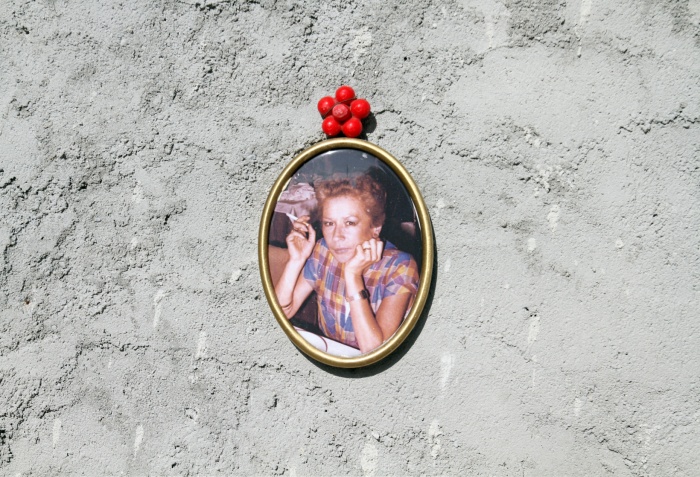
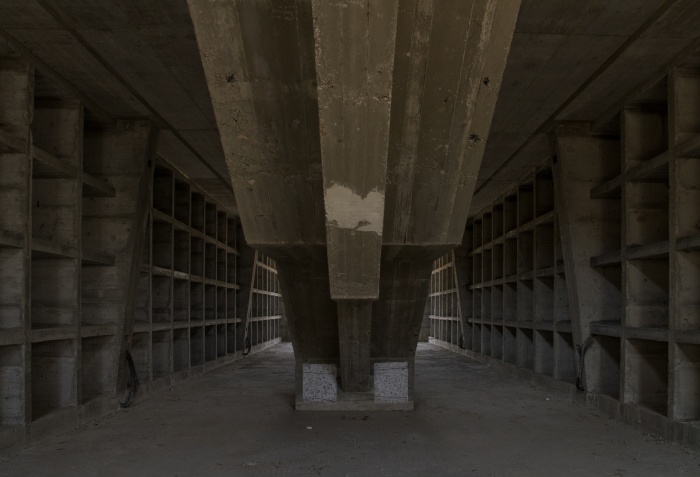
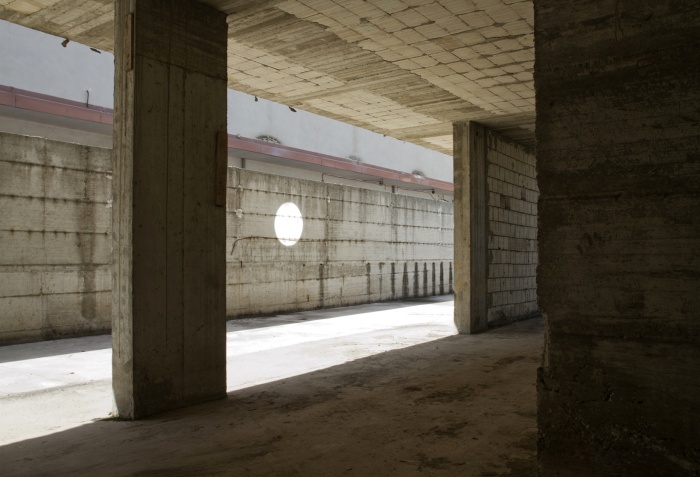
***
#D27: DIARY OF AN UNIDENTIFIED WOMAN FOUND IN SAMOROSA'S HOUSE [Complete]
Nobody knew when the cat died. Somebody said – three days back. In the fetal position, tranquil, very sick, I think, for a long time, or not. He came to the house, he came to the corner, in the shade, sniffing, turned around, one time or many times, saw nobody around, sniffing again, and died. I will to die like this here, on you, in corner.
But you asked me to meet on San Calogero Square, 15:00. I am on time. I walk but meet nobody. Of course, you do not come. You want me to see the square. I see the square. You want me to leave Santa Zaccaria. But why? All houses face back to the square. Nothing here. It will be a very ancient square. The archeologists must come. They will come.
BIOS
Born in 1979, Michał Libera is a sociologist working in the sound and music field since 2003, recently, mostly as a dramatist and librettist in sound essays and other experimental forms of radio art and opera. Recent shows include “Cosmos-Cosmos” based on Witold Gombrowicz’s work (with Lê Quan Ninh, Ingar Zach, and Tomasz Nosiński), “Snow” based on Ted Hughes’ work (with Hilary Jeffery and Gianpaolo Peres), “Kalkwerk / Studium” based on an unwritten treatise on hearing in “Kalkwerk” by Thomas Bernhard (with Pete Simonelli, Hilary Jeffery, Andrea Belfi, and Ralf Meinz). Other collaborators include Barbara Kinga Majewska, Martin Küchen, Rinus van Alebeek, and others. Libera also runs the conceptual pop label Populista dedicated to mis- and over- interpretations of music as well as series of reinterpretations of music from the Polish Radio Experimental Studio (Bôłt Records). He curates various concerts, festivals, and anti-festivals, music programs for exhibitions and received honorary mention at the 13th Venice Architecture Biennale. Other collaborators include Donaueschinger Musiktage, Huddersfield Contemporary Music Festival, National Art Gallery Zachęta, Centre for Contemporary Art in Warsaw, Polish National Museum (Królikarnia), Galerie West in The Hague, and Satelita in Berlin. His essays on music and listening “Doskonale zwyczajna rzeczywistość” were published by Krytyka Polityczna. Libera is 1/3 of “Grupa Budapeszt.” More at: patakaind.blogspot.com + soundcloud.com/michal_libera
Michał Grochowiak holds a degree in Photography and Multimedia from the Arts University in Poznań. He is a PhD student at the Arts University in Poznań, a recipient of The Ministry of Culture and National Heritage scholarship, and a member of Group 4! and the Sud Group. He lives and works in Warsaw.



